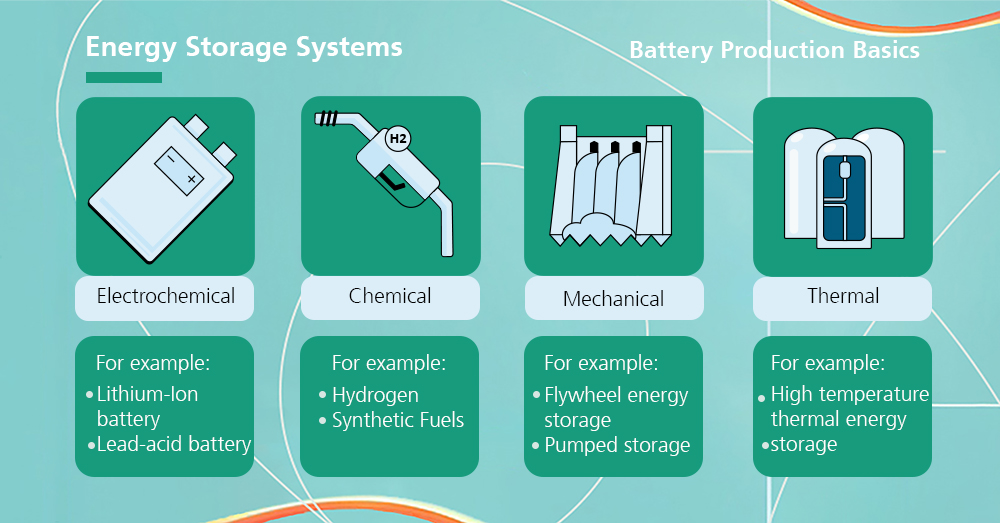During the Age of Enlightenment, many people experimented with electricity, with varying degrees of success. Often, the experiments were only convincing for entertainment purposes at fairs. In 1780, the Italian physician Luigi Galvani attracted much more attention: Using two connected pieces of iron and copper, he made the muscles in the legs of a frog twitch when they came into contact with the animal. Spectacular - that's how the scientific world saw it and concluded that it was "animal electricity". But from Volta's point of view, he was completely wrong. Rather, Galvani was generating electricity electrochemically using two different metals.
The first battery is invented
When Alessandro Volta learned of the frog leg experiments in 1791, he conducted his own experiments and discovered that the salt water in the animal's body created a current between the two metals. Thus, electricity is generated by the contact of certain metals. Based on these findings, he constructed the "Volta column": He placed pieces of leather soaked in salt water between copper and zinc plates, which were stacked closely together to form a column. Chemical reactions turn the copper into the negative pole and the zinc into the positive pole. When the two ends are connected, electricity flows. While the individual cells have relatively small voltages, when stacked in a column, they add up to a high total voltage. With the "Volta column," Alessandro Volta built the world's first battery and opened the door to the age of electricity. The discovery of a permanent source of electricity made the study of electricity possible.


